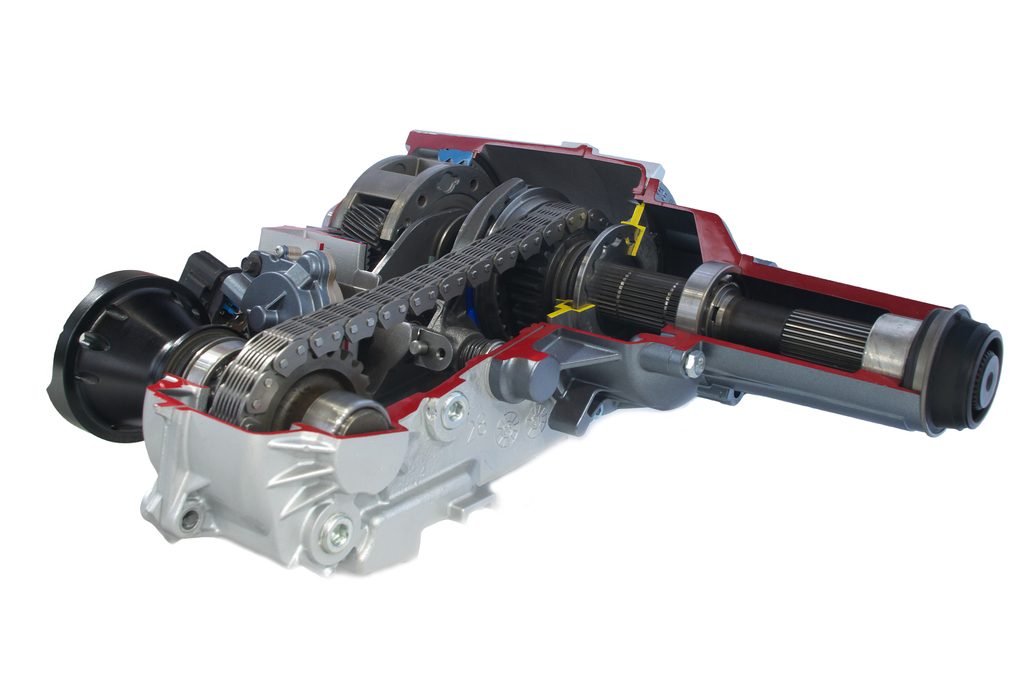Flat tires and blowouts can cause a number of problems when you are traveling by road. Mostly, you need the tires to give more attention as these parts are more open to damage. As these are always in contact with the ground including jagged rocks, metals, and many other assortments of equally damaging objects.
Driving long distances can wear out your tires, causing them to go bald and give them less friction. Thus it’s important because if you are driving and try to brake too quickly your vehicle can slide or skid, hitting another car or something as catastrophic as a blowout.
You can easily spot a blowout or flat tire as you’ll feel the difference in your car immediately. One symptom of a flat tire is your car becomes shaky or it may sometimes feel like you are driving over an uneven road. If you feel that your car is getting shaky, don’t pull down on the brake, instead slow down the speed and get to the side of the road for extra safety measures. A flat tire can be dangerous if you break too hard (as it can skid to the side). If you can’t find a tire repair shop in Brampton, you should try to park your car immediately to the side.
Trying to drive with a flat tire can be dangerous for both you and the other people sharing the road with you.
Fixing a flat tire, checking the tire pressure, and inflate it can be crucial for your safety. If you know how to measure tire pressure, it can be beneficial for your wallet too as it will help in saving fuel.
Here we will explain the necessity of tire safety and help prevent flat tires. Through these steps you will also learn how to fix a flat tire if you find yourself in this situation:
Changing a flat tire:
Jack up your car after you have safely parked the car on the side of the road and out of danger:
- Carry the necessary tools to change your tires. The tools include a spare tire, jack, and tire-iron.
- Before you start changing the tire, make sure your car is in the park and on a leveled surface. The car shouldn’t be parked at an inclined position because it can lead to the jack not be properly fit, thus injuring you in the process. Always put on the emergency brakes to ensure safety.
- To replace the flat tire, use tire-iron to remove all the nuts. Once the tire is in place remove the nuts and replace it with the spare tire.
Once you have removed the flat tire, the next thing you need to do is:
- Place the spare on the wheel studs. Be cautious as the tire can be heavy.
- Once tightened, lower the jack slowly and remove it from under the car. Make sure to tighten the tire nicely.
- Another thing to do is check whether the tire has low pressure, if it does find a pump and fill it up.
Proper automobile care includes tire maintenance. At Best Auto Mechanic Brampton, our technicians make sure that your car’s tire has the right pressure so you won’t get in an unfortunate situation.




 If you drive your car long enough, it will need transmission repair at some point in time. This can be anything from transmission being serviced, rebuilt or replaced and depends on how much has the car been driven.
If you drive your car long enough, it will need transmission repair at some point in time. This can be anything from transmission being serviced, rebuilt or replaced and depends on how much has the car been driven.
